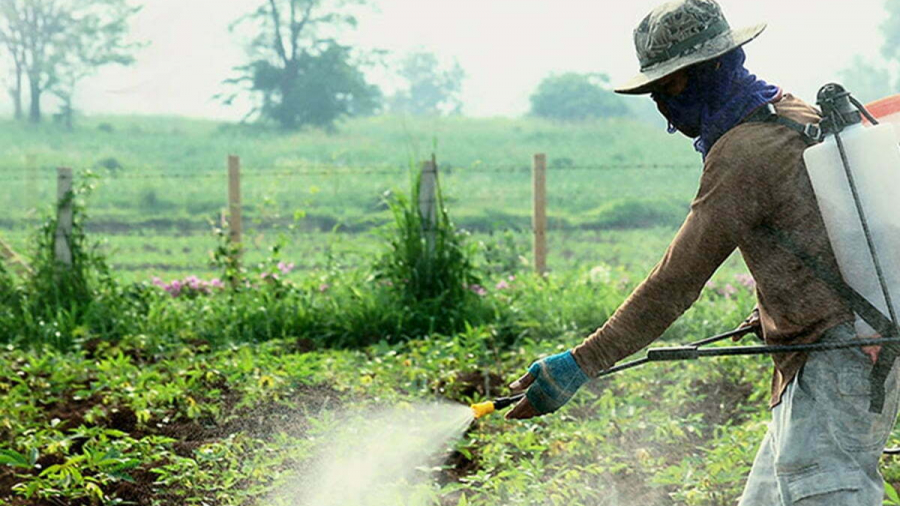Although the use of pesticides has greatly increased our food harvest, residues routinely end up on and inside the food we eat daily. While some have dismissed the low exposure as inconsequential, independent scientists are proving that incredibly tiny doses could cause health problems that will only manifest decades later.
Here are 6 alarming diseases that have been associated with pesticide-based agrochemicals.

Cancer
More than 260 studies link pesticides to various cancers, including lymphoma, leukemia, breast, prostate, bone, bladder, thyroid, colon, liver and lung cancers.

Autism & Other Development Problems
Leading autism researchers believe autism results from a combination of genes and the pollutants encountered in the mother’s womb and the early stages of life. A 2010 Harvard study found that children with organophosphate pesticide breakdown materials in their urine were far more likely to have Attention Deficit Hyperactivity Disorder (ADHD) than kids without pesticide residues.

Obesity
Over 50 pesticides have been classified as hormone disruptors. Some promote metabolic syndrome and obesity as they accumulate in our cells, according to a 2012 study that was reported in Environmental Health Perspectives.

Parkinson’s Disease
More than 60 studies show a connection between pesticides and Parkinson’s. The link is strongest for weed- and bug-killing chemical exposures over a long period of time.

Infertility
Atrazine, a common chemical weed killer used on golf courses, has been linked to increased miscarriage and infertility rates. A 2006 study found that chlorpyrifos, a chemical used in non-organic apple and sweet pepper farming, and carbaryl, used in strawberry fields and peach orchards, caused abnormally low testosterone levels.

Birth Defects
Babies conceived during the months when pesticide use is highest face the highest risk of birth defects such as spina bifida, cleft lip, clubfoot and Down syndrome.
Exposure to pesticide occurs in 2 ways – either through inhaling or touching the pesticides when they are used or ingesting them on the food that we eat.
Unfortunately there is no way to remove all traces of pesticides through careful washing or light scrubbing. Thankfully, with the advance of technology, there are several ways to reduce the chance of ingesting harmful agricultural chemicals. These include consumables such as fruit and vegetable cleaners, or devices that use plasma or ozone technology.
Cleaning your fruits and vegetables before consumption may take time, but protecting your family against the threat of chemical exposure will help to preserve your health in the long term.

